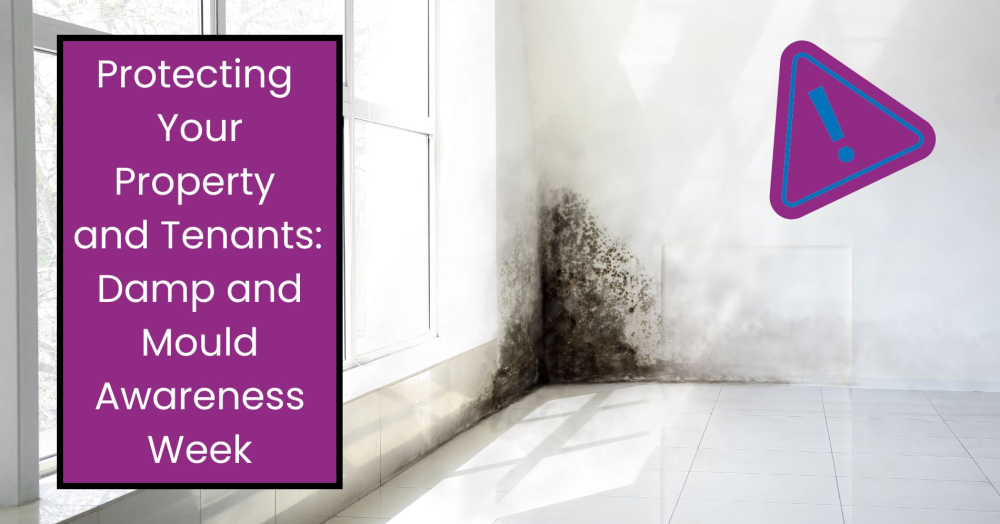
Protecting Your Property and Tenants: Damp and Mould Awareness Week
Did you know that damp and mould impact seven million households in the UK?*
As it’s Damp and Mould Awareness Week, let’s take a closer look at what the issue means for landlords.
Damp and mould aren’t just unsightly; they can also be hazardous.
Left untreated, they can cause significant structural damage to a property and lead to health problems for tenants, such as respiratory issues and allergies.
For landlords, that means potential repair bills, complaints and, in the worst cases, legal challenges.
What the Ombudsman says
Housing Ombudsman Richard Blakeway has made his stance very clear: landlords must respond to reports of damp and mould promptly and effectively. Failing to do so can result in formal complaints, compensation claims and reputational harm.
In today’s rental market, where professionalism matters more than ever, being proactive about damp and mould is a smart move.
Practical steps for landlords
Regular inspections
Autumn and winter are peak times for damp problems. Spotting issues early can save thousands in the long run.
Tackle root causes
Fix leaky roofs, faulty gutters or poor insulation rather than applying quick cosmetic repairs.
Encourage ventilation
Provide tenants with guidance on how simple measures, such as using extractor fans and keeping windows open when possible, can reduce condensation.
Act quickly on concerns
Responding promptly reassures tenants, keeps relationships positive and prevents minor problems from escalating.
Why it matters locally
For landlords, damp and mould awareness is especially relevant as the colder months set in. Tenants are likely to have their heating on and their windows closed, creating conditions where damp can thrive.
By staying ahead of the issue, landlords protect their investment, comply with regulations and, importantly, provide safe and comfortable homes for tenants.
A proactive approach pays off
Dealing with damp and mould may not be the most glamorous part of being a landlord, but it’s one of the most important.
Taking action now not only reduces the risk of costly repairs but also builds trust with tenants – something that goes a long way towards long-term tenancy success.
We’re here to help with any of your property-related questions.
If you know someone who would find this article helpful, please share it with them.
*www.gov.uk 2024
Scottish Property Centre have branches in Dunoon, Cardonald and Shawlands covering the Argyll and Glasgow property markets. We have local experts serving local people.


